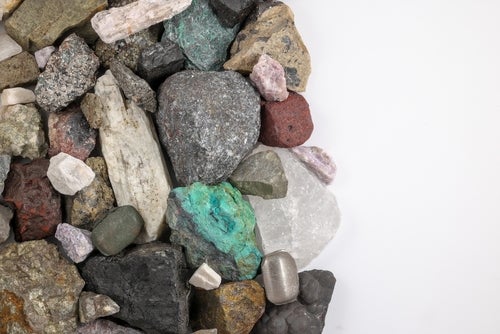For many years, I did not always make myself popular by repeating that there was no such thing as “organic” wine. Maybe there is, but just because someone says something doesn’t mean it’s true. There have to be rules governing organic wine, and it is the duty of the public authorities to make sure there are. Those rules are now in force so the public can sleep easy in their beds.
Organic winemaking, like organic farming, is now governed by a European regulation—never mind that the protocols behind the rules are not always consistent. For self-professed natural wines the need for a charter is no less essential. A Vin Méthode Nature charter has now been approved by the French Directorate General for Competition Policy, Consumer Affairs, and Fraud Control and is awaiting approval from the Institut national de l’origine et de la qualité (INAO). The charter provides a quality framework for natural wine production and was drawn up by a group of serious-minded producers.
The first rule seems to me of capital importance and I am delighted that producers are no longer divided on the subject. It stipulates that natural wines must be made with grapes from certified organic vineyards or those having completed their second year of certification. Logically enough, the wines must be naturally fermented, with nothing added and nothing taken away. Fermentation depends on the indigenous yeasts naturally present in the vineyard and the cellar. As for the contentious issue of sulfites, a clever compromise solution has been found that should serve to produce stable wines. No sulfur can be added to the grapes or at the onset of fermentation, but a touch of sulfur may be added at bottling on condition that the label says so. In terms of communicating clearly with consumers and professionals, the charter gets full marks. But it does little for the quality of the finished wine and to my mind it is not enough to warrant enactment, to be made into law as has already been done for AOC wines.
Alternative risks and virtues
One thing in any case is certain: Wines containing SO2 pose no risk whatsoever to public health. The only real issue are its effects on aromas and flavors. Nothing is less sure in the case of wines that contain no sulfites. Let us not forget that sulfites protect grapes. In its absence, certain yeast strains and species of lactic bacteria are known to produce biogenic amines (BAs) in the course of fermentation. The main one is histamine, which is increasingly associated with allergic reactions of varying severity. Natural wines have been found to contain in excess of one milligram of histamine per liter, which is well above the accepted level of 0.5mg/l. This is particularly true for wines exhibiting those unpleasant aromas and washed-out tannins associated with the uncontrolled proliferation of Brettanomyces yeast. Other BAs to watch out for include putrescine and cadaverine: two foul-smelling compounds present in decaying fruits, meat and cheese. Both can trigger an allergic response, even in minute concentrations, and both taste quite as disgusting as they sound.
Modern winemaking has an array of tools to keep out such undesirables. The only problem is that natural winemakers largely distrust modern winemaking. They protest that it is the complete antithesis of everything that they are seeking to achieve. But while they are quick to point the finger at conventional wines, they apparently see no need to question their own agenda. They insist, for instance, that the levels of SO2 and other corrective agents should be clearly stated on the labels of conventional wines. But their charter makes no such requirement regarding the biogenic amines in their own wines.
But the really big question is surely this: Are natural wines a faithful and enduring reflection of the land where they were born? The link with terroir is always difficult to define, even for the most illustrious vineyards. Only the local producers have the necessary experience to set the criteria and to exclude any wines that don’t measure up. Speaking as someone who knows a bit about wine tasting, I think a good “natural” wine—and they certainly do exist—belongs in the category of vins d’auteur: wines that live up to their name, with bold, authentic flavors that appeal to a certain type of wine drinker. Natural wine most definitely does not belong in the category of vineyard or terroir-driven wines, which must remain faithful to local practices, certainly, but also to a winemaking aesthetic that has been bequeathed to us by history. ▉






